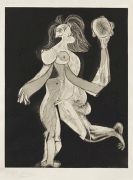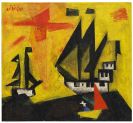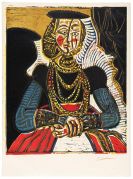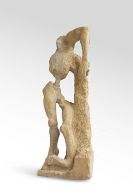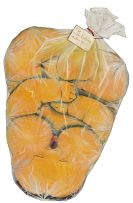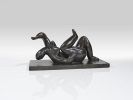
Massimo Campigli
Berlin
1895 -
St. Tropez
1971
Massimo Campigli was born as Max Ihlenfeld in Berlin, spent most of his childhood in Florence and began to sozialise with futuristic circles in Milan in 1909. In 1919, he went to Paris to work as foreign correspondent for the 'Corriere della Sera'. Soon he started painting and consorted with artists like Giorgio di Chirico, Alberto Savinio, Gino Severini and Filippo De Pisis at the Café du Dôme. Extended visits at the Louvre got Campigli into ancient Egyptian art, which became a lasting source of his own painting. Among contemporary art, he was especially inspired by Fernand Léger's cubism, Carlo Carrà's 'Pittura metafisica' and Picasso's 'classical' works of the 1920's. In 1927, Campigli quitted his job for the 'Corriere'to devote himself exclusively to painting. A visit to the Roman 'Museo Etrusco' of the Villa Giulia in 1928 inspired him to a serie of works, which evoked a nostalgic, archaic world, inhabited by female figures. Furthermore, he put his archetypic figures in narrower and narrower spaces and this way, he added them a hieratic character. Between 1927 and 1930, Campigli took part in the 'Novecento'-exhibitions in Zürich, Amsterdam, Berlin and Bern. Together with Mario Sironi, Carlo Carrà and Achille Funi he signed the 'Manifesto della Pittura Murale' in 1933 and completed in the aftermath murals a.o. at the Palazzo di Giustizia in Milan, at the university of Padua and at the Italian exhibition pavilion in New York. At the beginning of World War II., Campigli left Paris and moved to Venice, where he devoted himself increasingly to his graphic works. After the end of the war, he returned at first to Paris, moved to Rome in 1951 and finally went to St. Tropez in 1963. Also in his later works, Massimo Campigli remained bound to his motif-world full of ethereal female figures and an archaic and symbolic picture language.
Would you like to sell a work by Massimo Campigli?
Infos for seller
